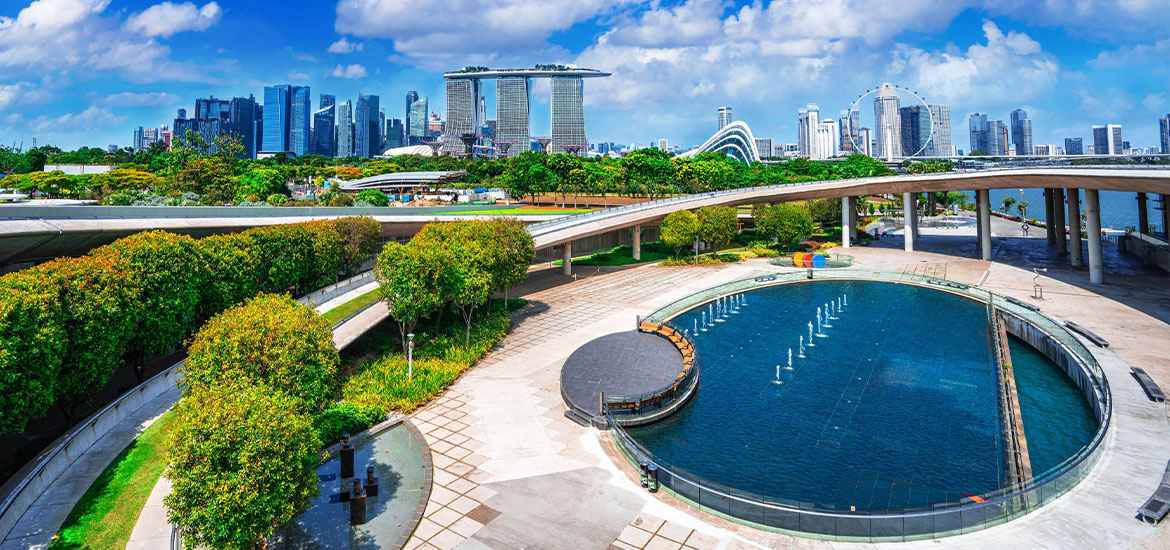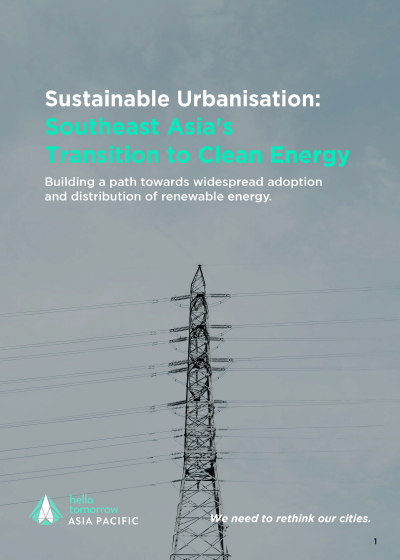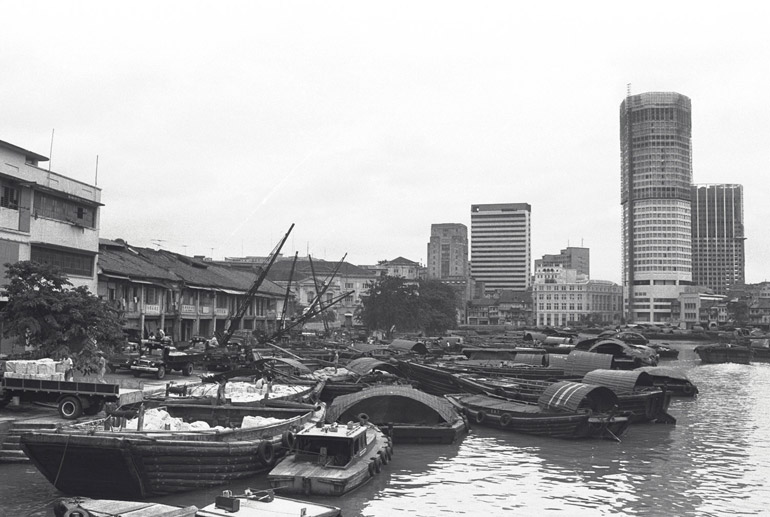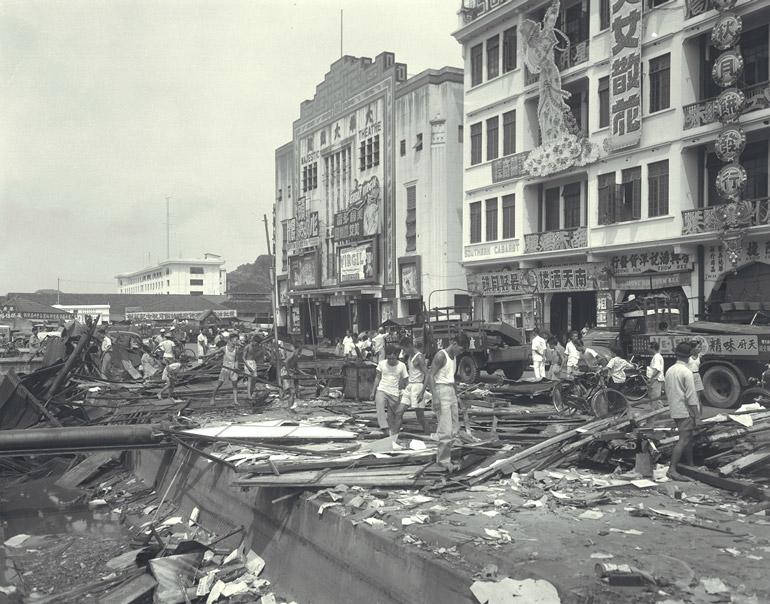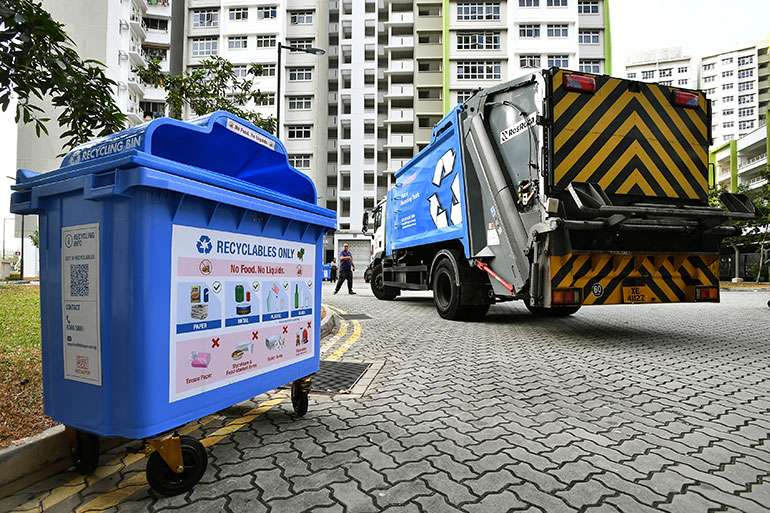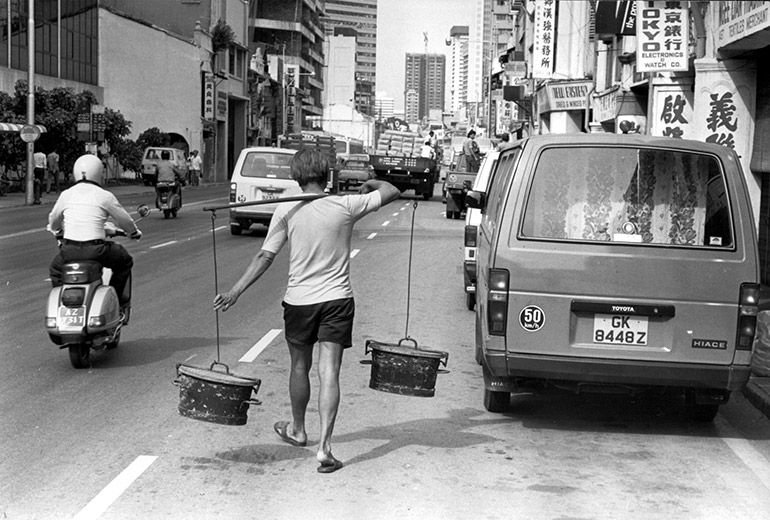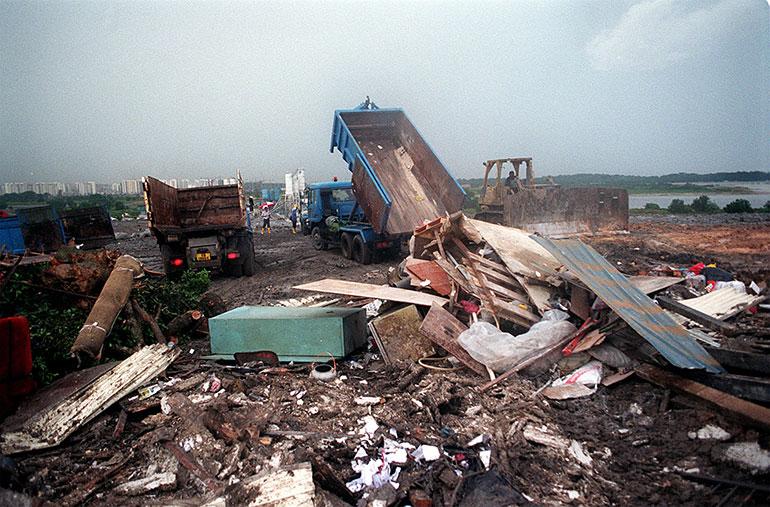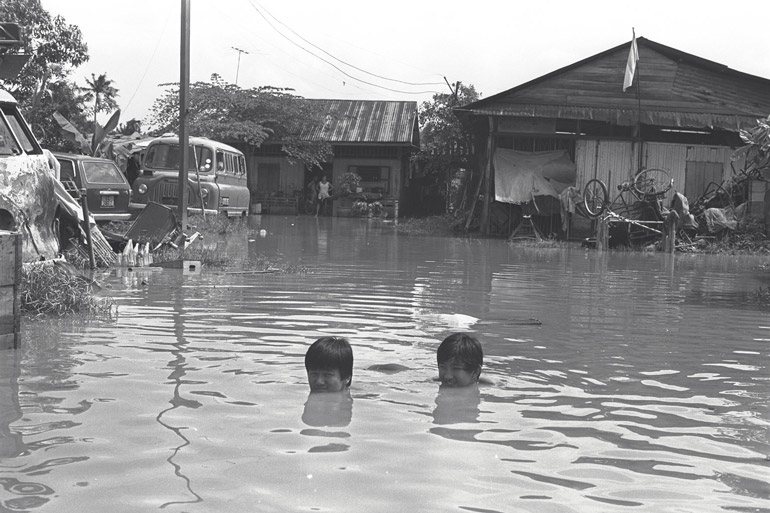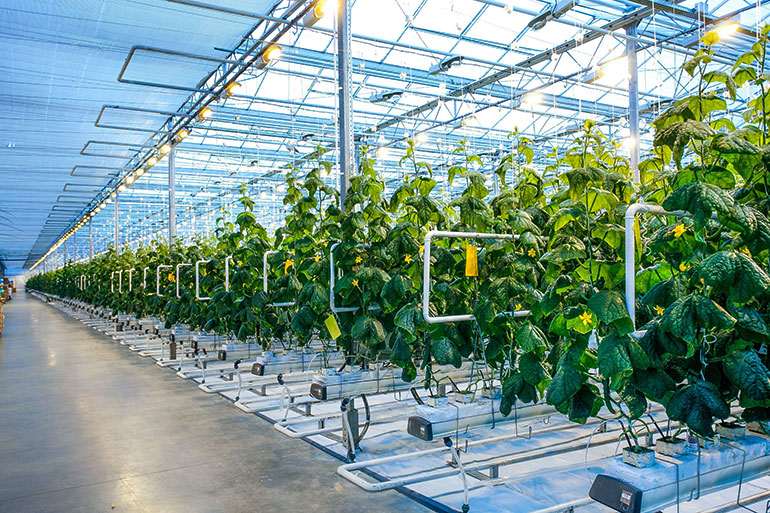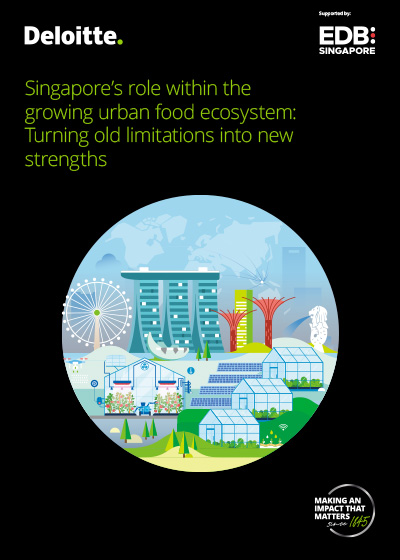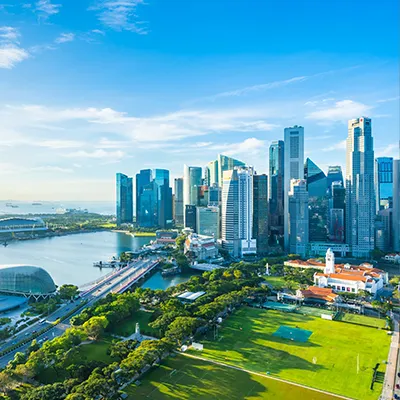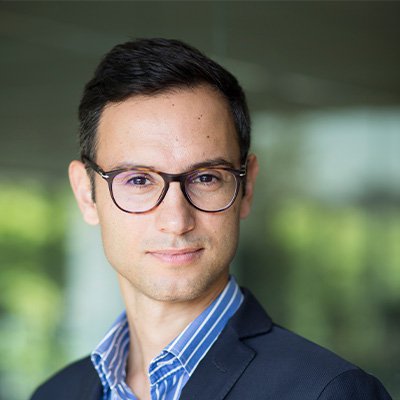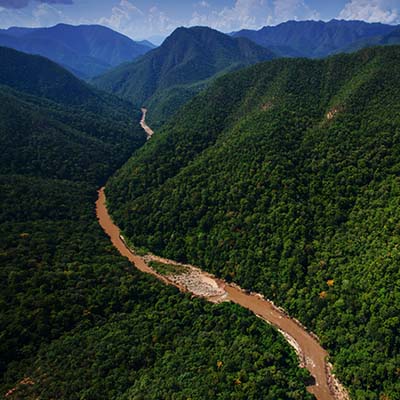Just 50 years ago, Singapore was a very different place. The Singapore River was so polluted that its water was black, and people could smell the putrid stench from kilometres away.
Hawkers sold cooked food by the roadside without any thought for traffic or sanitation, and with such poor personal and food hygiene that a cholera outbreak swept through the country for five months in 1972.
Against a backdrop of general squalor and associated public health risks, the Government set up the Ministry of the Environment (ENV) in 1972 to gather all aspects of pollution control and environmental public health under one organisation.
Mr Lim Kim San, its first minister, declared: "The ultimate aim of my ministry is to make life more pleasant for everyone through anti-pollution and other measures."
Over the past 50 years, the ministry has delivered on that promise, with changes to its name to reflect its growing responsibilities. In 2004, it became the Ministry of the Environment and Water Resources (MEWR), to highlight its significantly expanded role in managing the latter.
Since 2020, it has been the Ministry of Sustainability and the Environment (MSE), to underline the Government's commitment to sustainability and initiatives to achieve carbon mitigation, coastal protection, zero waste, a circular economy, food and water security, and high public health standards.
